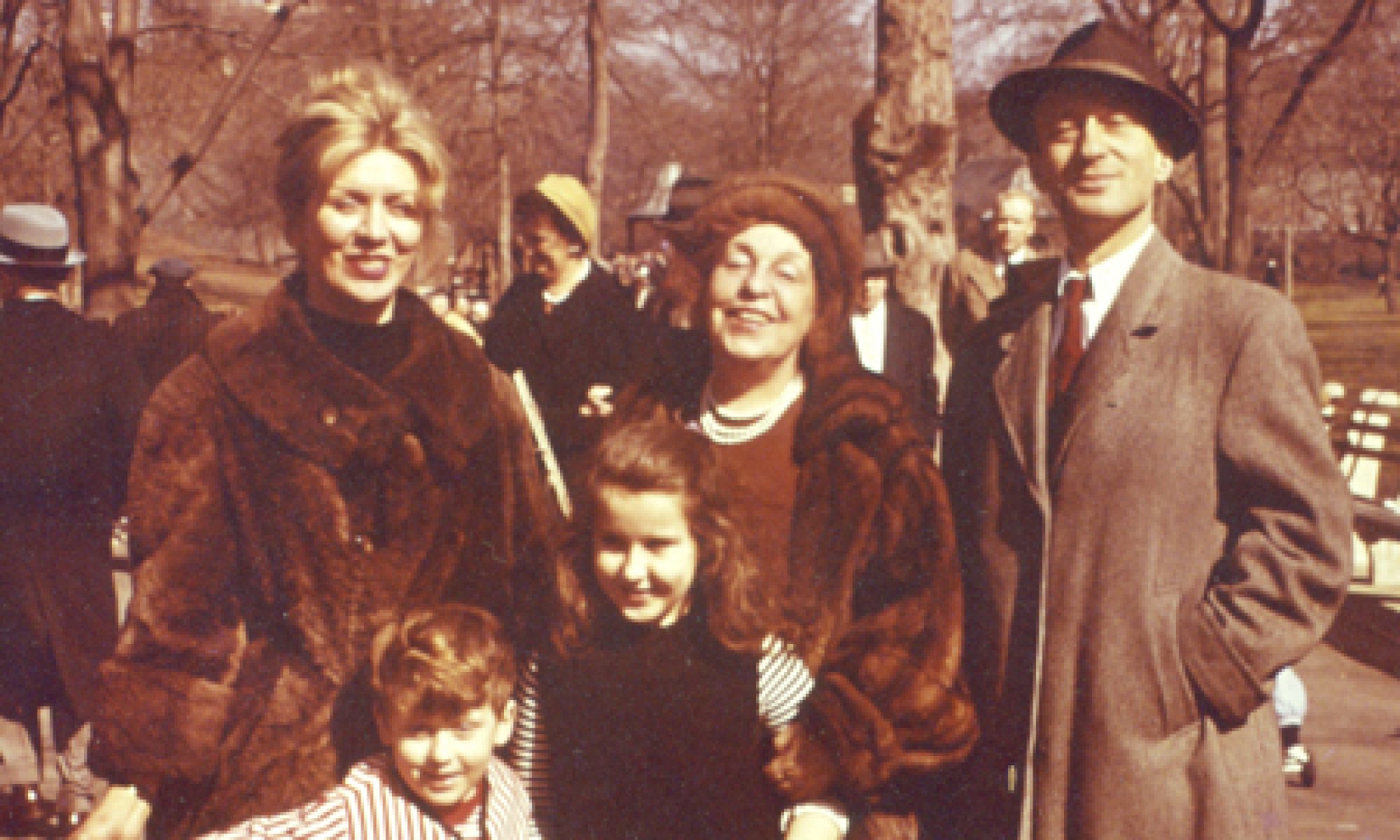If you grew up in a white, middle-class family in the 50s and 60s, you probably had some gorgeous children’s storybooks with beautifully rendered “color plates”. If the books were a certain vintage, they’d have translucent pages to protect the color illustrations. The Ballad of Buster Scruggs is very explicitly a take on these books, not a take on the actual history of American expansion westward.
These books could have been fairy tales (as they were in my case) or they could have been historical fiction. Maybe tales of the sea, or of the Wild West, or of the African or Indian jungle, or of exotic “Oriental” places… Whichever they were, they were tales of white dominance over the Other. Not to say that the enemy couldn’t be white also and often was. Foreign white, but white. Or maybe morally Other – those who play by different, worse, rules. While there may have been some diversity among the villains, there was none among the heroes.
And if those books were a wonderful part of your childhood, you might appreciate seeing those stories rendered through a cynical adult lens. This is what Los Bros Coen have brought us with The Ballad of Buster Scruggs. The actual history of the conquest of the West, filtered through vintage storybooks, filtered again through a nihilistic artistic imagination. What is emphasized in this reimagining is meaningless death, poisonous betrayal, victory and defeat through sheer dumb luck, good intentions defeated or, worse, irrelevant…
Some of it is funny, some of it is horrible. All of it is gorgeous, in the mold of those old color plates, as shot by the amazing cinematographer Bruno Delbonnel. Even if you have no patience for another take on the comfortable childhood myths of the Whites, you could turn the sound down and let this play on your 4k screen, and your mind will be blown by the beauty and detail and artistry. The scenery, in New Mexico, Colorado, and Nebraska (and, I suppose, processed in New York, because the NY Dept of Film and TV gets a credit at the end), is heart-rendingly beautiful.
It’s telling that Delbonnel also shot films for Julie Taymor and Tim Burton, who also take childhood characters such as Alice, and give them a sort-of grownup (or at least older adolescent) slant.
I was reminded of other takes of childhood stories seen from an adult angle, either made cynical or sexed up or violenced up to a degree not acceptable in those old books. Alan Moore and Kevin O’Neil’s The League of Extraordinary Gentlemen, for instance, is a parade of these (often secondary) characters, such as Mina Harker (from Dracula), to Dr. Jekyll/Mr. Hyde, to Mycroft Holmes. Another parallel is Warren Ellis’s and John Cassaday’s Planetary, which puts pulp and comic characters through the mangle and mashes them all together into a new comic “universe”. On TV we have the vogue of fairytale series, Grimm and Once Upon a Time. In other words, this is a Thing.
Let it be said that, from the point of view of diversity, this movie is a complete disappointment. I suppose you have Methodists and Episcopalians (in The Gal Who Got Rattled). But the first filter mentioned above, taking the actual history of American expansion and filtering it through a 20th century children’s book mentality, got rid of the blacks, Jews, Asians, and even many Hispanos. Native Americans are purely wordless threats. Though in this movie, they are rendered far more archeologically correctly, as opposed to, say, Winnetou, who was a crazy mashup of native Americans, with Cherokee headresses, Inuit totem poles, and Sioux tipis.
Anyone who is just dead tired of more White Folk Foundational Mythology, will likely find this movie simply irritating. For them, I suggest turning the sound down and just enjoying the gorgeous images.
⁂
